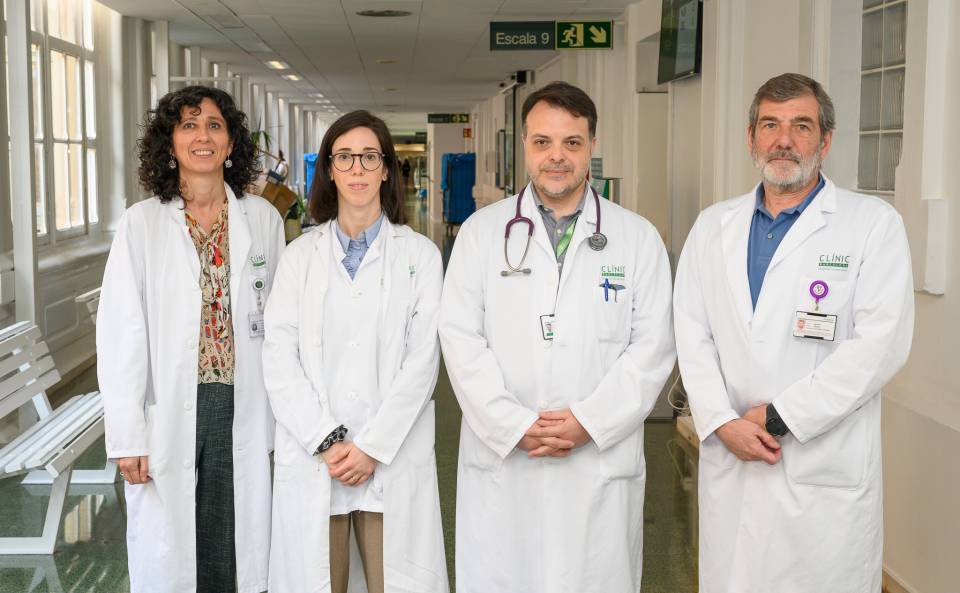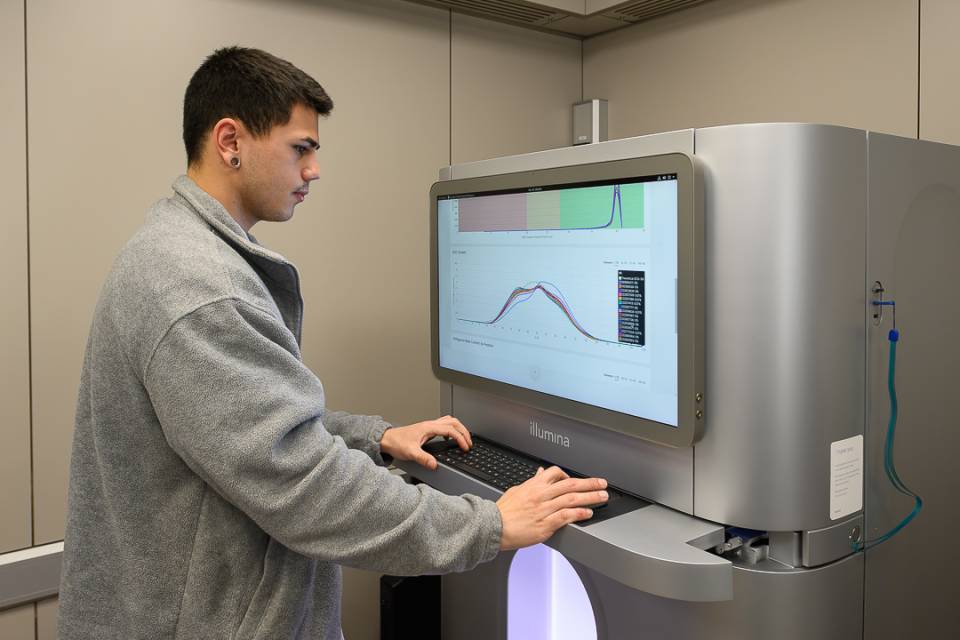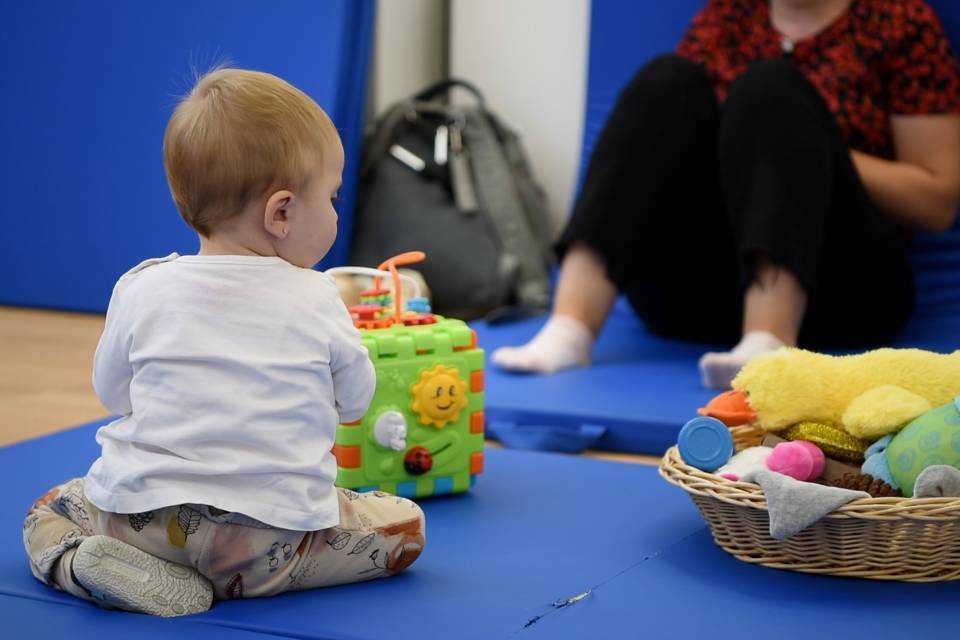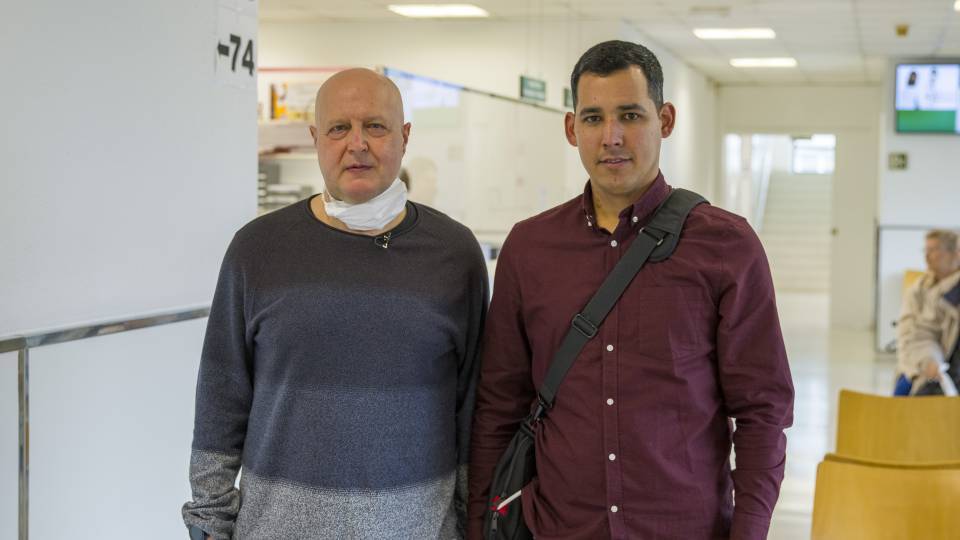This Tuesday, the balance of last year’s activities was presented at a press conference. The press conference was attended by Dr Raquel Sánchez Valle, medical director, Dr Miquel Sánchez, director of the A&E Department, Dr Emilio Salgado, head of the Clinical Toxicology Unit (A&E Department), and Dr Marina Parra, head of the Pharmacology and Toxicology Section of the Biochemistry and Molecular Genetics Service (Biomedical Diagnostics Centre).
The Hospital Clínic Barcelona has a Clinical Toxicology Unit, which reports to the A&E Department, with over 40 years of history and a Pharmacology and Toxicology Section that includes the activities of the toxicology laboratory, which is a leader in various types of analysis in Catalonia and the rest of Spain. In addition to the most common intoxications, new intoxication profiles are being treated; together with new substances of abuse, which requires cross-sector collaboration with other hospital services.
According to the report presented this Tuesday, 63% of the cases treated in A&E for intoxication are due to the consumption of drugs of abuse, and 25% are due to intoxication from medications. In terms of the age of the patients, 1 in every 10 patients treated is under 20 years old. The number of men treated in A&E for intoxication from medications increased by 7% compared to 2023.
In terms of new drug behaviours and consumption treated at the Clínic last year, the report highlights that the cases of ‘tusi’ (mixture of MDMA + ketamine) rose from 0.66% to 2.58% (pink cocaine) whilst the number of cases of crack (crystallized cocaine) tripled in two years. (N= 17). A total of 57% of the intoxications treated at the Clínic for drugs of abuse are for alcohol.
One of the relatively new phenomena treated at the Clínic, and in other hospitals in the city, is the consumption of synthetic cannabinoids (cannabis sweets ). In 2024, 24 confirmed cases of poisoning from cannabis sweets were treated, a figure that rose in two years.
With regard to intoxication from medications, the report reveals that 1 in every 2 patients intoxicated from medications consumed benzodiazepines, and 15% of patients intoxicated from medications consumed analgesics (paracetamol accounting for 67%).
Most of the patients seen at A&E for intoxication do not require hospitalization. However, of the 2,384 cases treated last year, 3.37% of the patients ended up being admitted to a hospital ward (medicine), 2.64% needed to be admitted to the Intensive Care Unit and 0.25% (n=6) died.
Leading laboratory
The Pharmacology and Toxicology Section (Biomedical Diagnostics Centre) is made up of a series of highly specialized laboratories that spearhead new strategies in the analysis of pharmaceuticals, drugs of abuse and other toxic substances, relevant, among other things, for the diagnosis of acute intoxications and in cases of chemical submission.
Last year, 233 cases of New Psychoactive Substances (drugs that are not internationally controlled by the United Nations Conventions, but which may pose a public health threat) were detected. These include the detection of synthetic cathinones, such as methylmethcathinone and chloromethcathinone, although cases of chloromethcathinone decreased by 60% last year. The report also concludes that there was a 22% increase in the detection of pregabalin: recreational use of pregabalin consumed as “karkoubi” (a mixture of pregabalin with clonazepam and/or cannabis).
As a leading laboratory for the analysis of Amanita mushrooms (hepatotoxic mushrooms) and toxic alcohols, 2 cases of intoxication from Amanita mushrooms and 10 cases of methanol intoxication were diagnosed in 2024.
According to Dr Emilio Salgado, head of the Clinical Toxicology Unit, “The phenomenon of intoxication is a growing health problem.” “Multidisciplinary work is very important in order to treat these people and to be able to detect new consumption patterns and new dynamics of abuse”.
Meanwhile, Dr Marina Parra, head of the Pharmacology and Toxicology Section of the Biochemistry and Molecular Genetics Service (Biomedical Diagnostics Centre) maintains that in the laboratory, “we have to constantly adapt to the toxicological analysis of new drug consumption trends in our environment, in order to respond to our patients’ clinical needs, helping to detect the new drugs of abuse that play an important role in the intoxications, and thus act as a ‘Toxicovigilance’ centre”.




